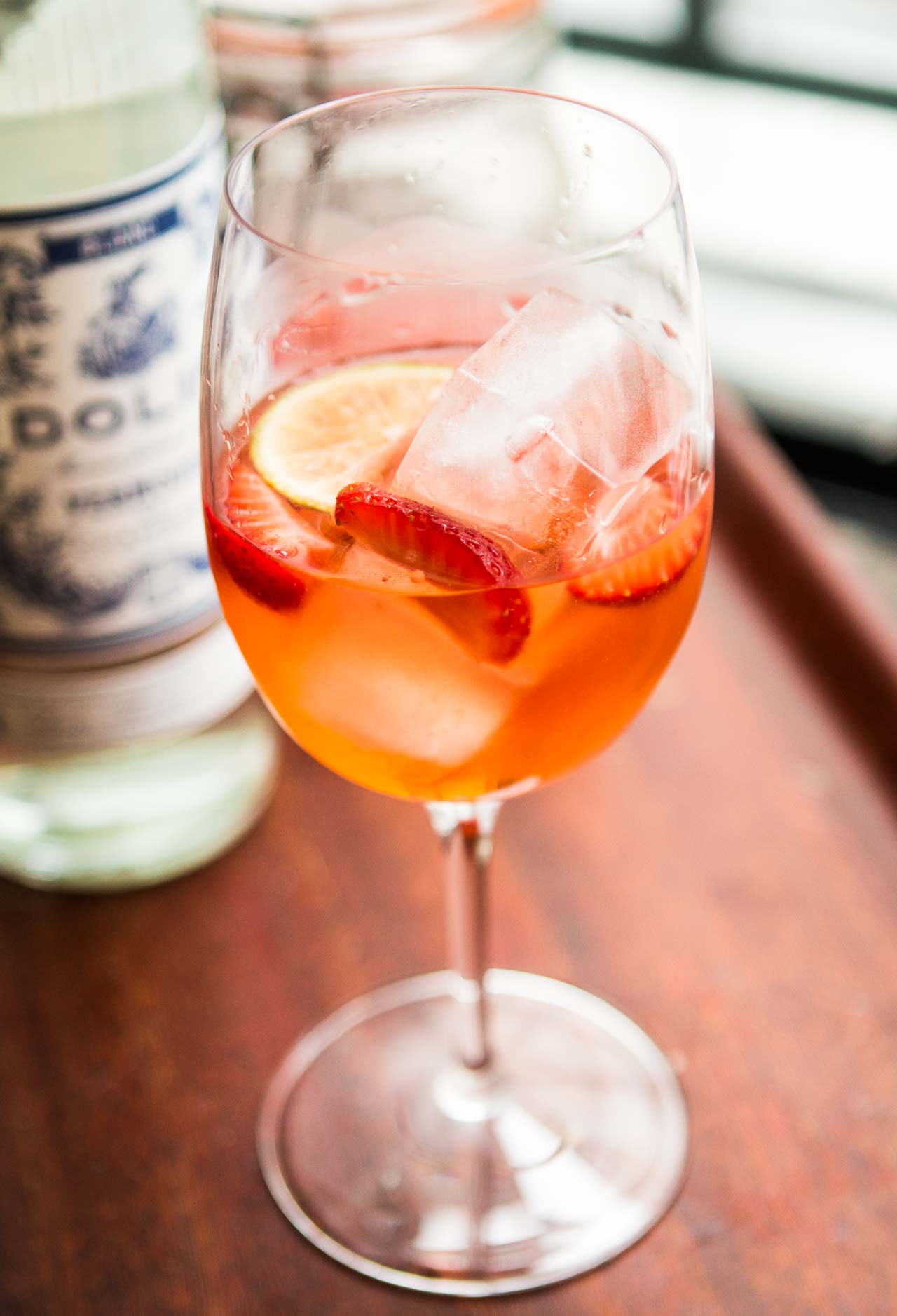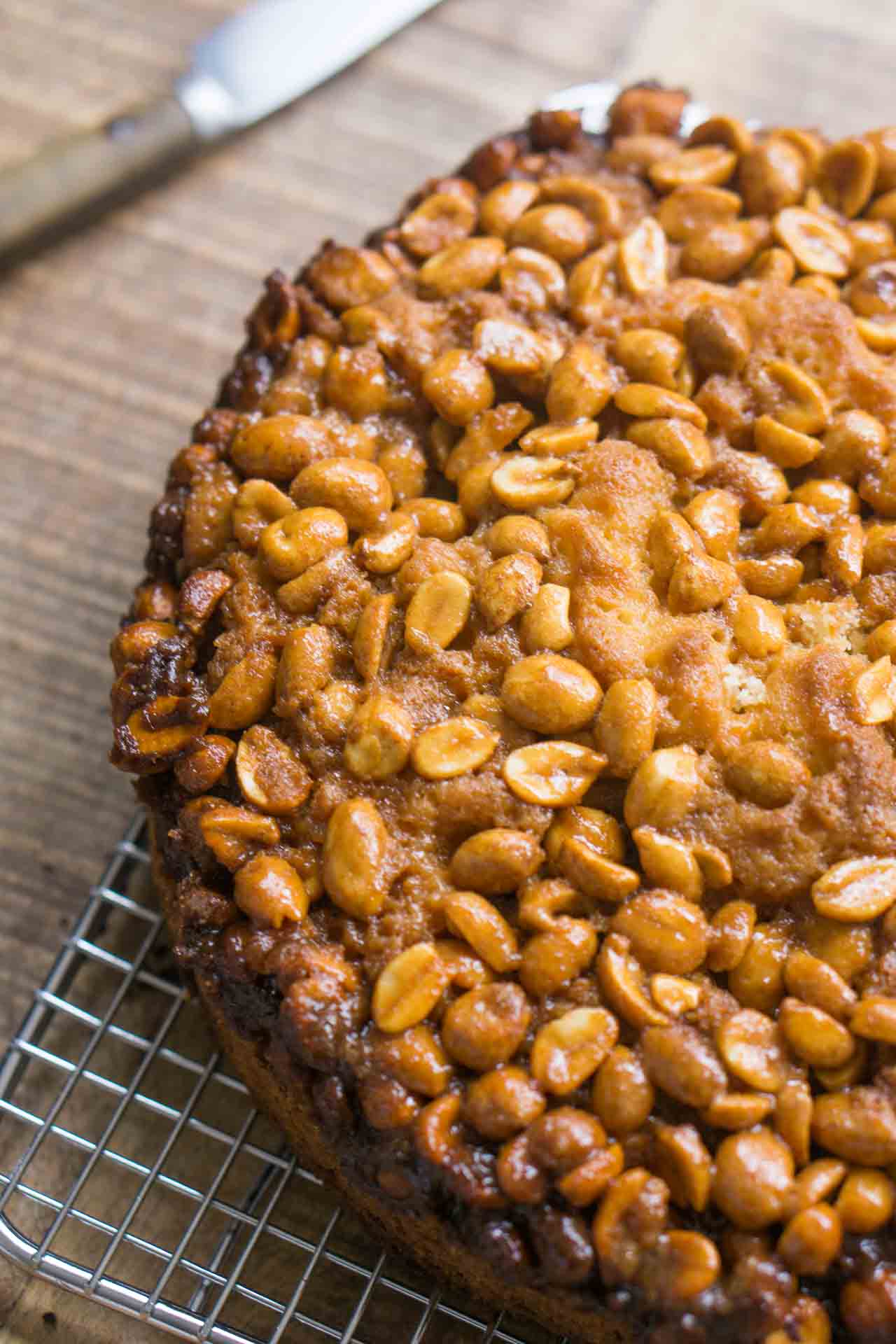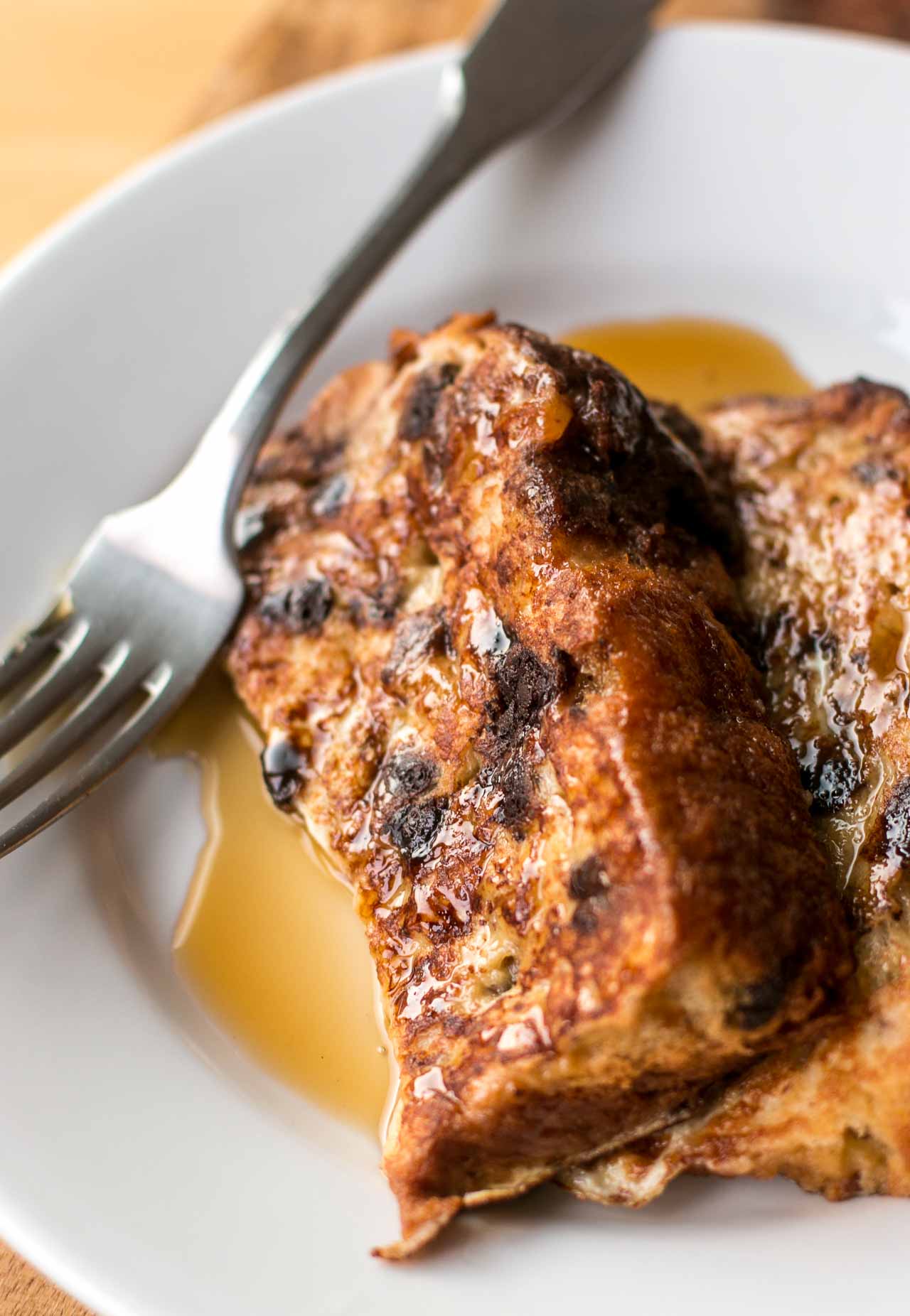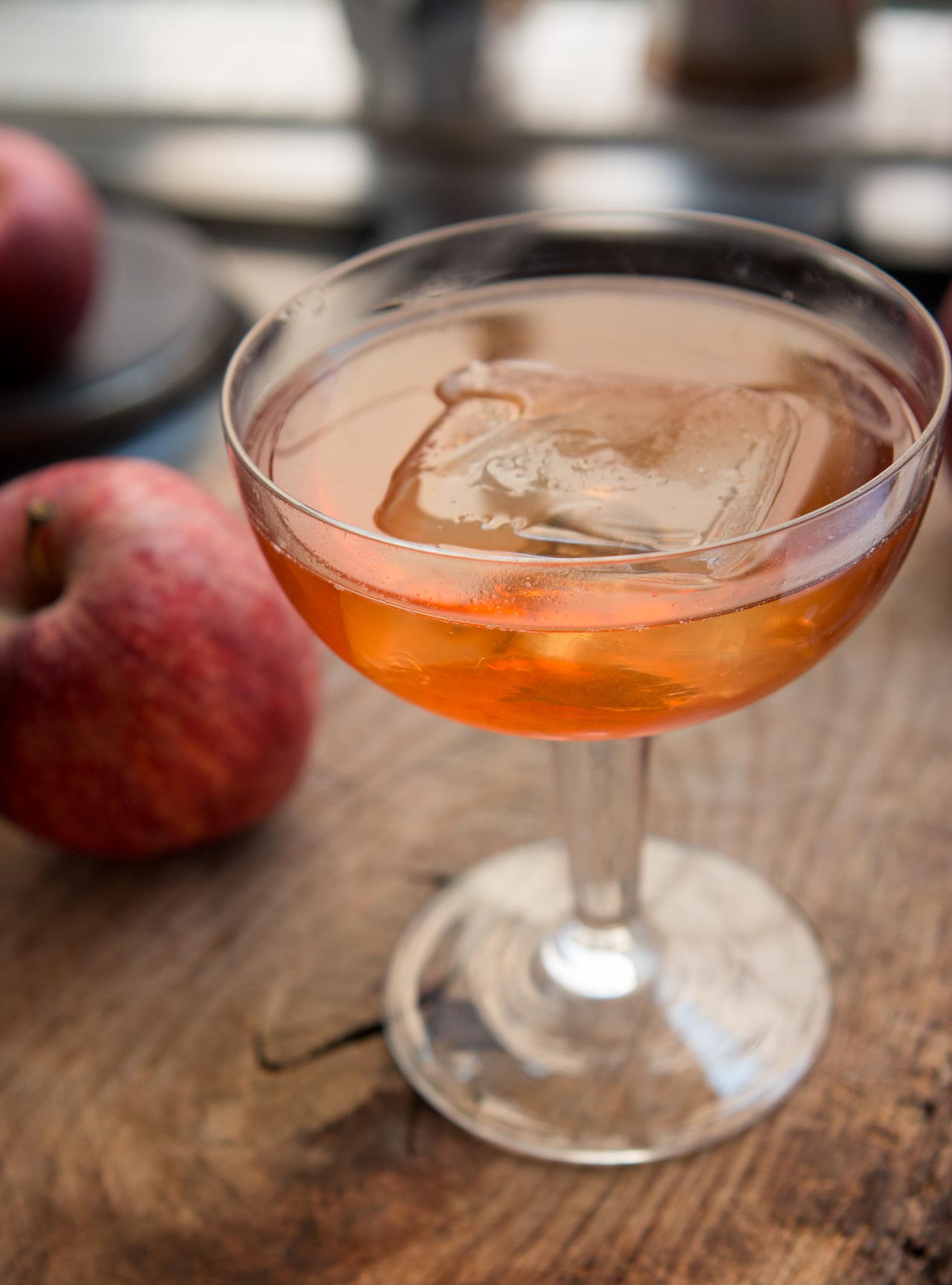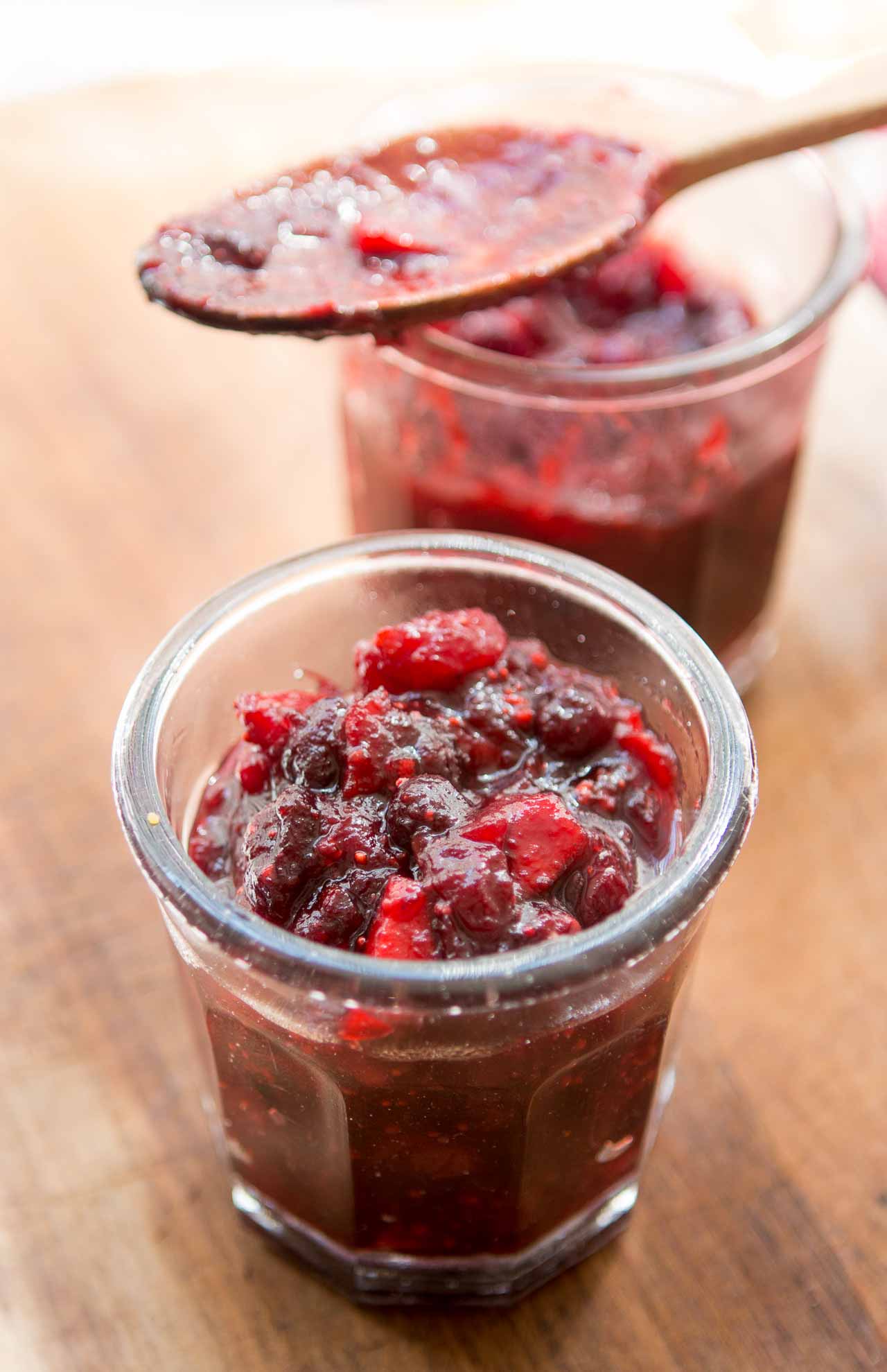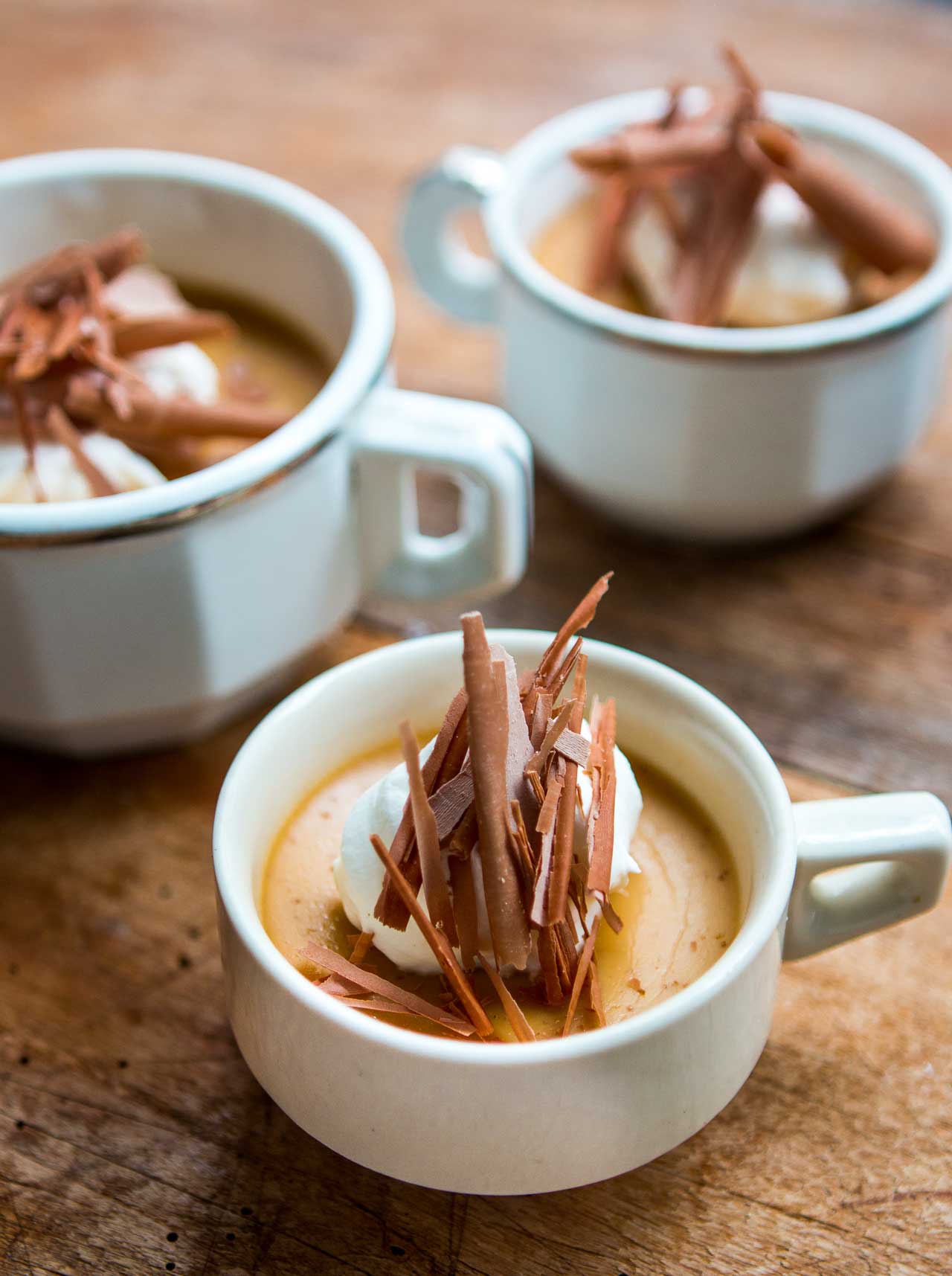The Re-Rise of la Baguette
What’s up with all the soft, pale baguettes appearing in Paris?
A few years back, when I moved to the Bastille, my local boulangerie made the best baguettes I’ve ever had. Each baguette was a revelation. If I was lucky to get there at just the right time, I would be handed a still-warm, slender flute of bread. I’d rip off the end as soon as I got out the door, and began devouring the loaf, leaving a tell-tale scattering of crumbs back to my apartment.
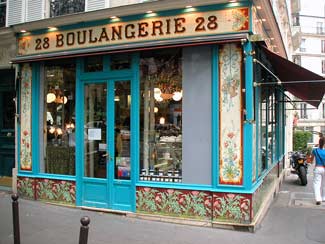
Au Levain du Marais, 28 boulvard Beaumarchais
Enter any boulangerie, and you’ll pass on you way in Parisians exiting with freshly-baked baguettes. Once outside, they’ll instinctively rip off a bit of the end, le quignon, as it’s called.
It’s an instant, on-the-spot quality-control check.
(And just in case any of you xenophobes think that English is a simple language to learn, why do we call the end of the bread, the quignon, the ‘heel’…like the bottom of a shoe?
We also say, “We spend time” but also, “We spend money”?
And we “Take Xanax”, yet we also “Take a taxi”…do they both have the same effect? I don’t think so…)
Maybe I need to head to the le pharmacie for le Xanax, since my deep depression started after my bakery closed for their last annual August vacation..
When they re-opened a month later, something changed.

Instead of baking richly-dark, slim loaves with a crackly deep golden-brown crust and a meltingly soft, supple and chewy interior, their baguettes which were once so tempting, were now a pale imitation of their former self.
And I mean p-a-l-e!
Each subsequent baguette was soft and doughy. I began asking the saleswoman for “Bien cuite, s’il vous plaît” making her rifle through the basket of upright baguettes to search for a crunchy, well-baked baguette. But now that I’ve been living in Paris for a number of years and speak impeccable French, I hear Parisians utter the sinister phrase that’s bringing down the reputation of French baguettes: “Pas bien cuite, s’il vous plaît.”
At many of the boulangeries of Paris, I’m noticing a trend of baking under-cooked baguettes.
Doesn’t anyone want a delicious, crispy baguette anymore?
Years ago the quality of baguettes had declined to the point that the government stepped in (don’t you wish the US government would spend a little time worrying about improving our food supply?)
Rules were passed that demanded that a proper baguette was made with only three ingredients: flour, yeast, and salt. Each baguette had to weigh 250 grams (about 10 ounces) and cost the same. Go into just about every boulangerie in France nowadays and a standard baguette costs 80 centimes.
This was a good effort to raise the standards of baguettes, although some boulangeries scoot around les regles by sprinkling a few pavots (poppy seeds) or grains des sesame on top, enabling them to get away with charging a few more centimes. There’s also thebaguette traditionelle or la baguette ancienne (country baguette) which are often hand-crafted and made with a bit of sourdough or levain, which enables them to last longer than a standard baguette. They taste better too, in my opinion.
If living alone (or if you’re one of the last fans of the soon-to-be-forgotten Atkins diet…), you can buy half of a baguette for 40 centimes.
Can you imagine anyone in the US even bothering to walk the few steps to a cash register just for a 40 cent sale?
I am so sure….not!
Or you can do as I learned here in France, and wrap any leftover baguette in a torchon (kitchen towel), which will keep your fresh bread just until the next morning when it can be toasted then slathered with butter and spread with fruit confiture then dipped in your bowl of café au lait for your petit dejeuner.
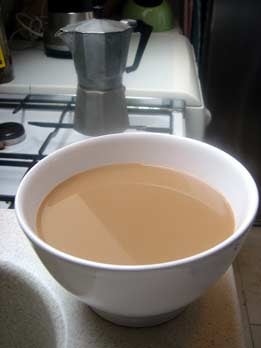
And speaking of coffee, there’s been a lot of talk on food blogs debating the merits (or demerits) of French coffee, but no one’s talking about the common error that most visitors to France make when ordering coffee: a café au lait is not the same things as a café crème. The café au lait is served in a bowl, only at home, for breakfast. (Yes, those decorative bowls they sell are actually used for coffee.) That’s why the café waiter will sometimes raise an eyebrow if you request a café au lait.
A café crème is a café express served in a large cup and saucer (similar to a cappuccino), with warm, softly-steamed milk. Europeans never rarely coffee with milk after a meal. It’s too rich. A café noisette is a small coffee with a noisette (hazelnut) of warm milk dabbed on the top, if you prefer a touch of milk with your coffee.
So anyways…I’d given up hope for finding the perfect baguette until I had lunch today at a wonderful, small, unknown restaurant (after spending the morning tangling with the frustrating, unending maze of French bureaucracy at the all-powerful, Prefecture de Police… arrgghh….if I had any hair left, I’d have ripped it out!…but don’t get me started…whew!….ok, calme…)
We entered from an unassuming side street in the Marais. I ordered a wonderful Braised Pintade (guinea fowl) which came in a smooth, rich, and slightly smoky sauce of red wine, glossy from just a soupç of butter swirled in at the last moment. It was served with a gratin of potatoes and cabbage scented with smoky lardoons of bacon and a carafe of outstanding wine from the Juraçon.
After bringing the food, the proprietor plunked down a linen-lined basket of the most excellent slices of still-warm baguette that I’ve had in Paris. Each piece had a thick, crunchy, dark-brown crust that shattered reluctantly when pulled apart. The interior was a soft, creamy white with generous holes. I asked for the name of the boulangerie, telling him the baguette was the best I’ve had in years…“C’est magnifique!”
The owner smiled in agreement.
Restaurant Le Felteu
15, rue Pecquay, 4th
Tel: 01 42 72 14 51
Mètro: Rambuteau







